History is an important part of a civilization as it helps to decipher the evolution of something and enables one to trace down the roots. From being a family mover to track-worthy machines, cars are a part of life, and just like living beings, every car has a history, irrespective of its significance. And, like living beings, cars age, and some of them turn into legends while others retire. While America has numerous car museums that preserve timeless classic cars, the Lane Motor Museum located in Nashville, Tennessee, is one of the less explored and coolest museums.
And, if you are a fan of European classic cars, you must check out their collections. They have more than 500 cars in inventory, with 150 showcased each day. These include some rare classic cars, like a few 2/3-scale Morris Mini models, a 1968 M.E. X27, a King Midget Roadster, a Martin City Car, a Skootavia Tripousse, some classic Skoda, and numerous other rare cars.
And it’s all thanks to Jeff Lane, dubbed the “King of Weird.” Below, we’ll take a deep dive into the unique cars of this museum, and trust us, this museum is unlike any other museum in the country and is filled with hidden surprises.
1929 Austin 7 Fabric Saloon And 1948 Berger Rocket-powered car
If there is a runabout that could narrate a piece of pre-World War I British history, a 1929 Austin 7 is just the thing. During its time, it was powered by a 7.5-liter engine bolted to a manual gearbox. The inside is classy, with grained leather and woodwork used for comfort.
Hans Berger, a Swiss engineer, built a rocket-powered car in 1948. This car was powered by a rocket motor that his daughter, Heidi Berger, drove in local races. The first prototype of the car didn’t have a thrust controller and had a heavy body. Later, the rocket engine was replaced by a motorcycle engine.
Bugatti Type 13 9/16 Scale Replica And 1924 Citroën Autochenille
You will surely know the Bugatti Type 13 if you are a classic car aficionado. As one of the earliest Bugatti, it holds a significant place in French history. Fred Storer built this amazing replica for his grandchildren. But after finishing this build, he found this replica to be too good to be a toy and preserved this timeless creation.
The brainchild of André Citroën, the Autochenille is a car that left a mark in the automotive industry. In 1921, Andre wanted Citroën to be the most popular marque, so he planned the development of the Autochenille for the Trans-Saharan Expedition, the Croisière Noire in Africa, and the Croisière Jaune in Asia. The Autochenille gets its power from a 4-stroke, 4-cylinder, 20-hp engine with a top speed of 35 mph.
1952 Citron 2CV Bicephale “Cogolin” Replica And 1952 Citroën Traction Avant
One night, when a French firefighter, Colonel Hourcastagné, faced difficulties turning the car on a narrow mountain road, he thought of a car that could be driven both forward and backward for easier access. This replica pays homage to Cogolin with the iconic red color and a “60” numbering. Powered by a 425-cc, dual-cylinder engine, this car offers 45 hp and can sprint up to 40 mph.
In 1938, Citroën introduced the Traction Avant, meaning front-wheel drive. The 15-Six Traction Avant was the first car to come with four-wheel suspensions and use a steel unibody chassis. It features a six-cylinder engine that is powerful enough to push it to a maximum speed of 80 mph.
1947 Davis Divan “Baby” And 1928 Martin Aerodynamic
Gary Davis bought an aerospace-styled, three-wheeled vehicle called the Californian in 1945. Later, he hired a group of engineers to build the Californian from the ground up and promised to pay them to double the money if the car made it into production. In 1946, Davis Motorcar Company introduced the modified Californian, which was renamed “Baby.” It had a 47-hp four-cylinder engine with a 3-speed manual gearbox and a top speed of 100 mph.
Despite being pushed severely with all-out promotion, Martin Aerodynamic never persevered into production. However, it was a lofty project in the 1920s with a not-so-streamlined design, a water-cooled four-cylinder mill, and airplane-type suspensions.
1945 Erickson Streamliner And 1951 Hoffman
The Erikson Streamliner is one of the coolest vehicles to exist in the 1940s. Anton F. Erikson, who worked at the Wright-Patterson Air Force Base, constructed this vehicle with small, high-grade aluminum pieces from a scrap B-29 Bomber. Later, he sold this car to Anthony Staub for $400, who further sold it to Milan Zeljak in 2010.
Following World War II, many Germans wanted to build a custom car. Michael Hoffman, a Munich-based shopkeeper, built his vehicle in 1949 with hardware store components and junkyard-found parts. His car was considered a motorcycle, as it had a 200cc, two-stroke, 6.5-hp engine with a 3-speed manual gearbox with a reverse gear. Thus, his vehicle was tax-free and required no license to drive.
1972 Honda Vamos
If you look back in time to the 1970s, you will notice that compact and rugged vehicles were very popular because they were both versatile and practical. The Honda Vamos is one such two-wheel-drive vehicle that has the right balance of ruggedness, utility, and mild off-road abilities. It came equipped with a 354-cc engine from the Honda Kei-Class trucks and offered 30 horses to carry a payload of 440 pounds.
The Gigantic 1959 LARC-LX Amphibious Vehicle
The craziest and rarest vehicle in the Lane Motor Museum, the 1959 LARC-LX, is the epitome of American history. This collector’s piece is the U.S. military’s largest amphibious craft to date and offers a payload ability of 60 tons. It is 62.5’ long, 26.5’ wide, and 19’ tall. Power comes from a quad-turbocharged Detroit Diesel NA6-71 engine offering 165 horsepower and a top speed of 16 mph.
Sources: Tennessee Department Of Tourism, Lane Motor Museum






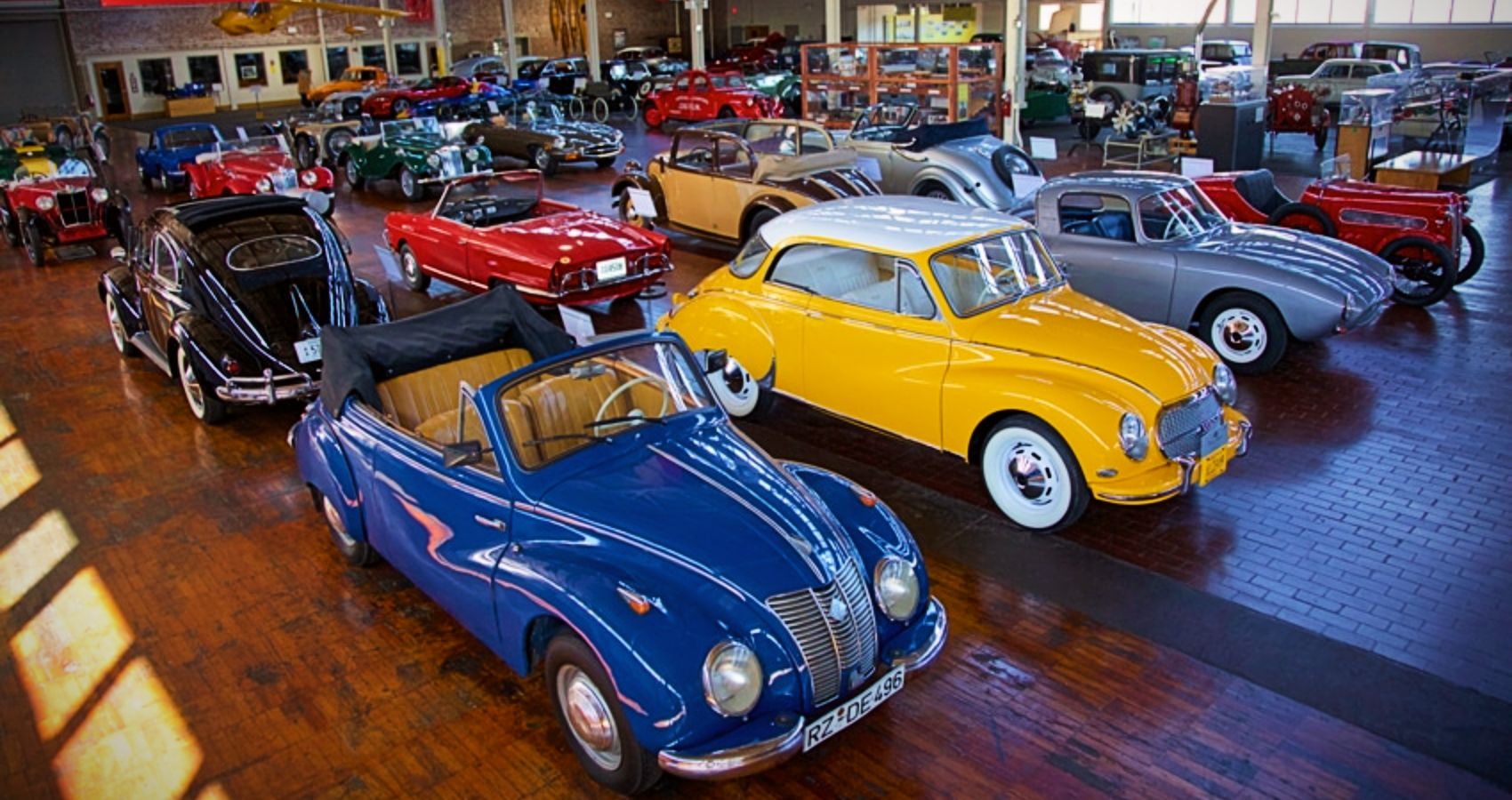

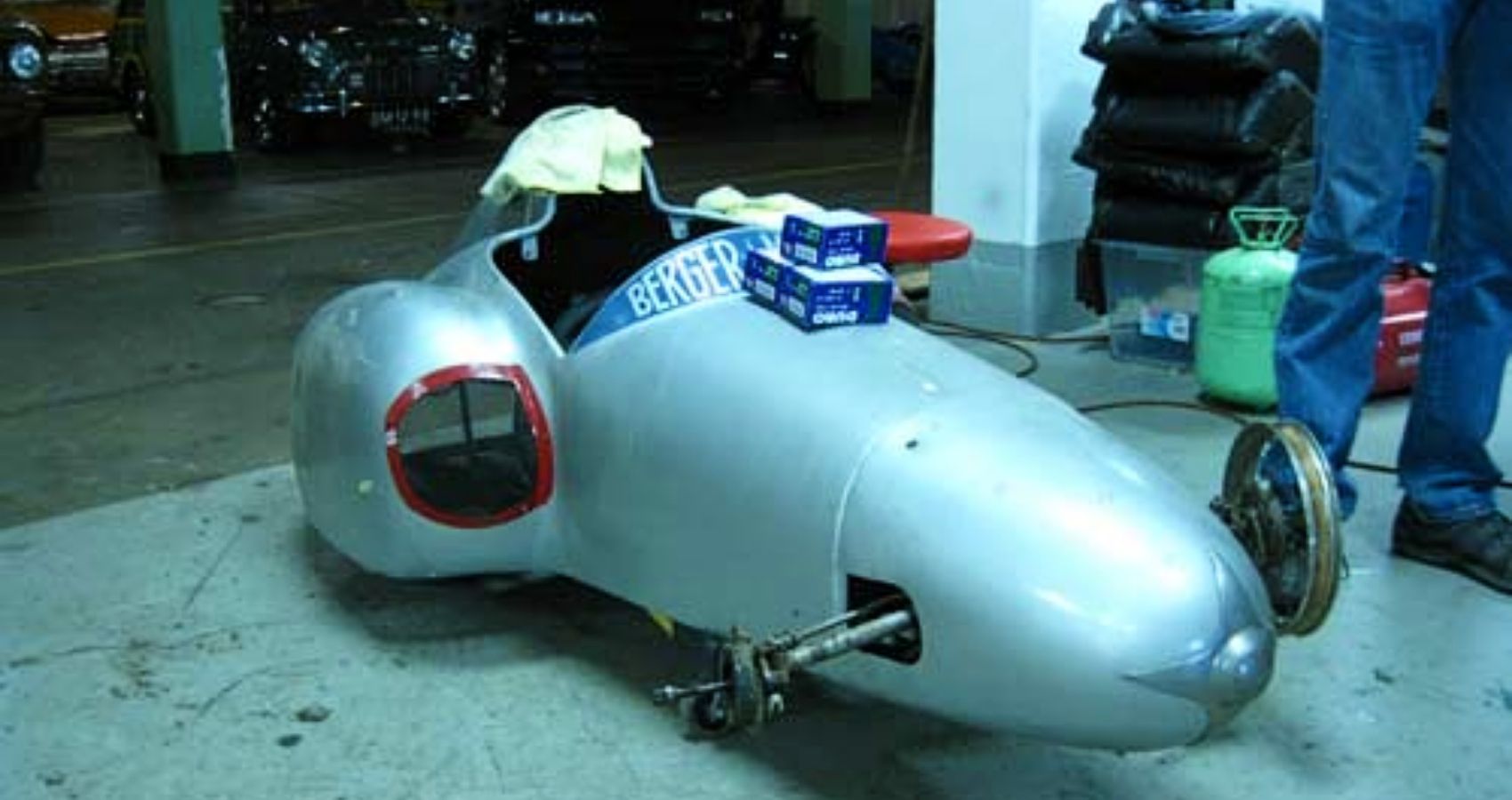

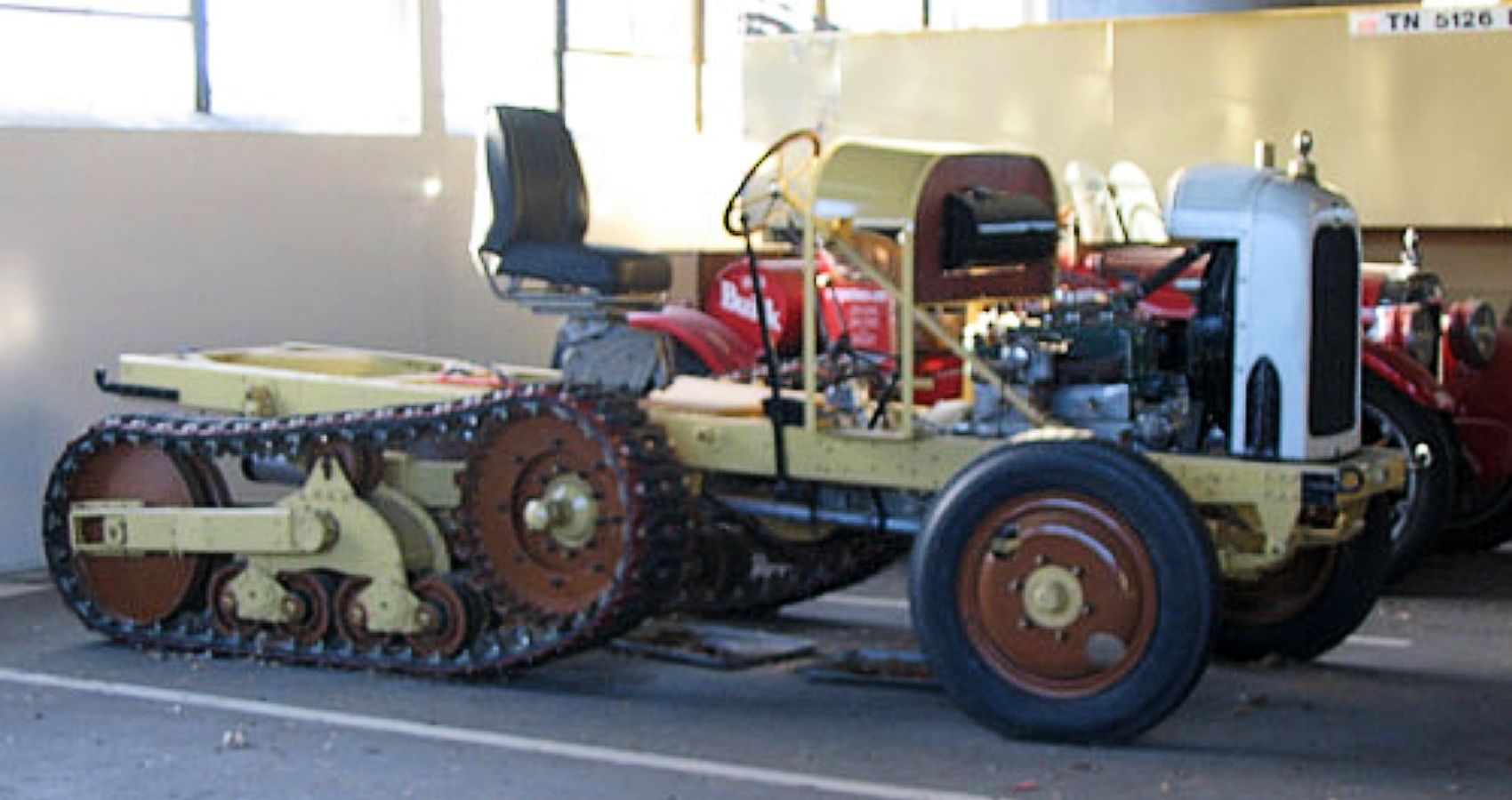



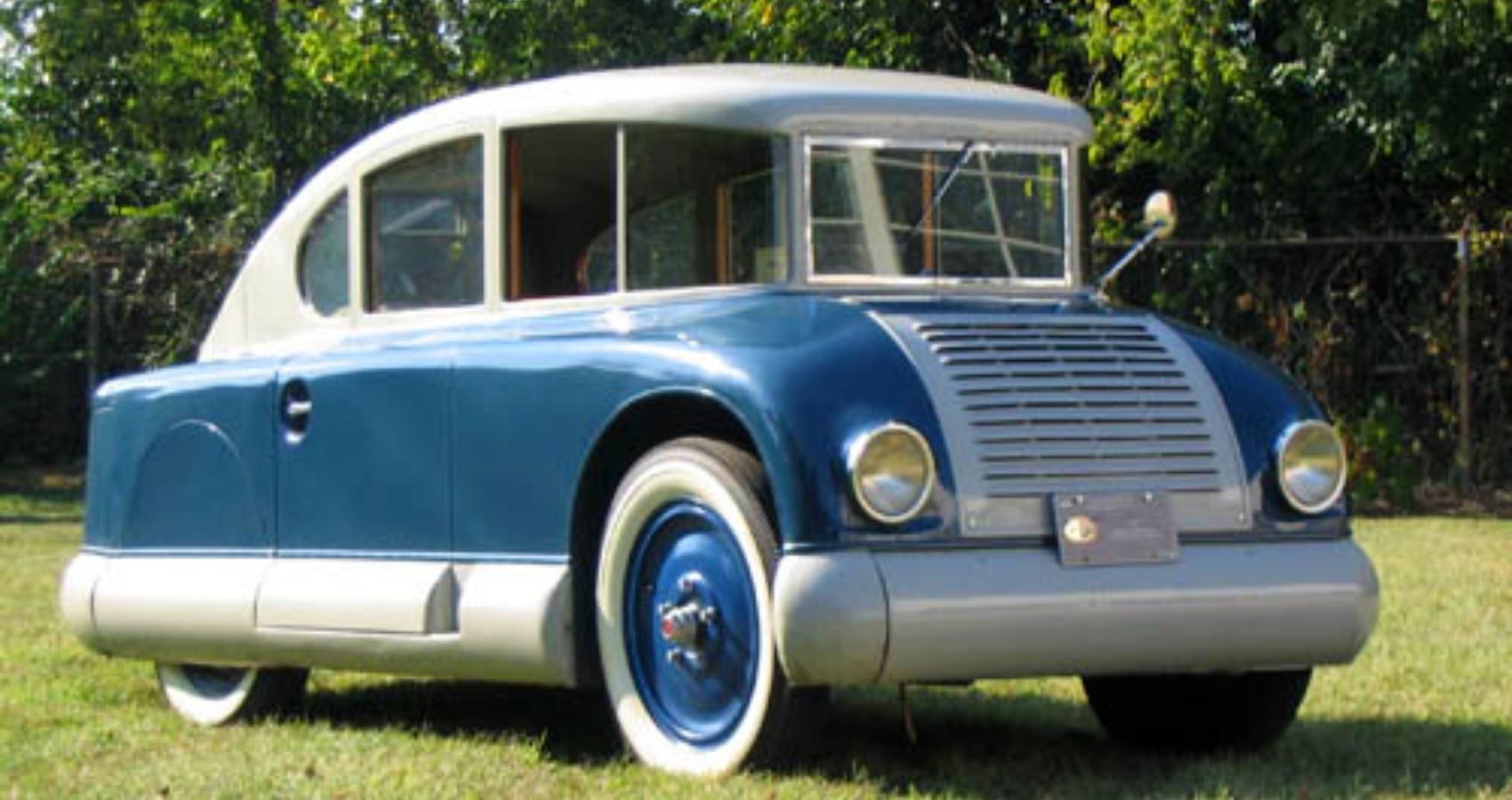


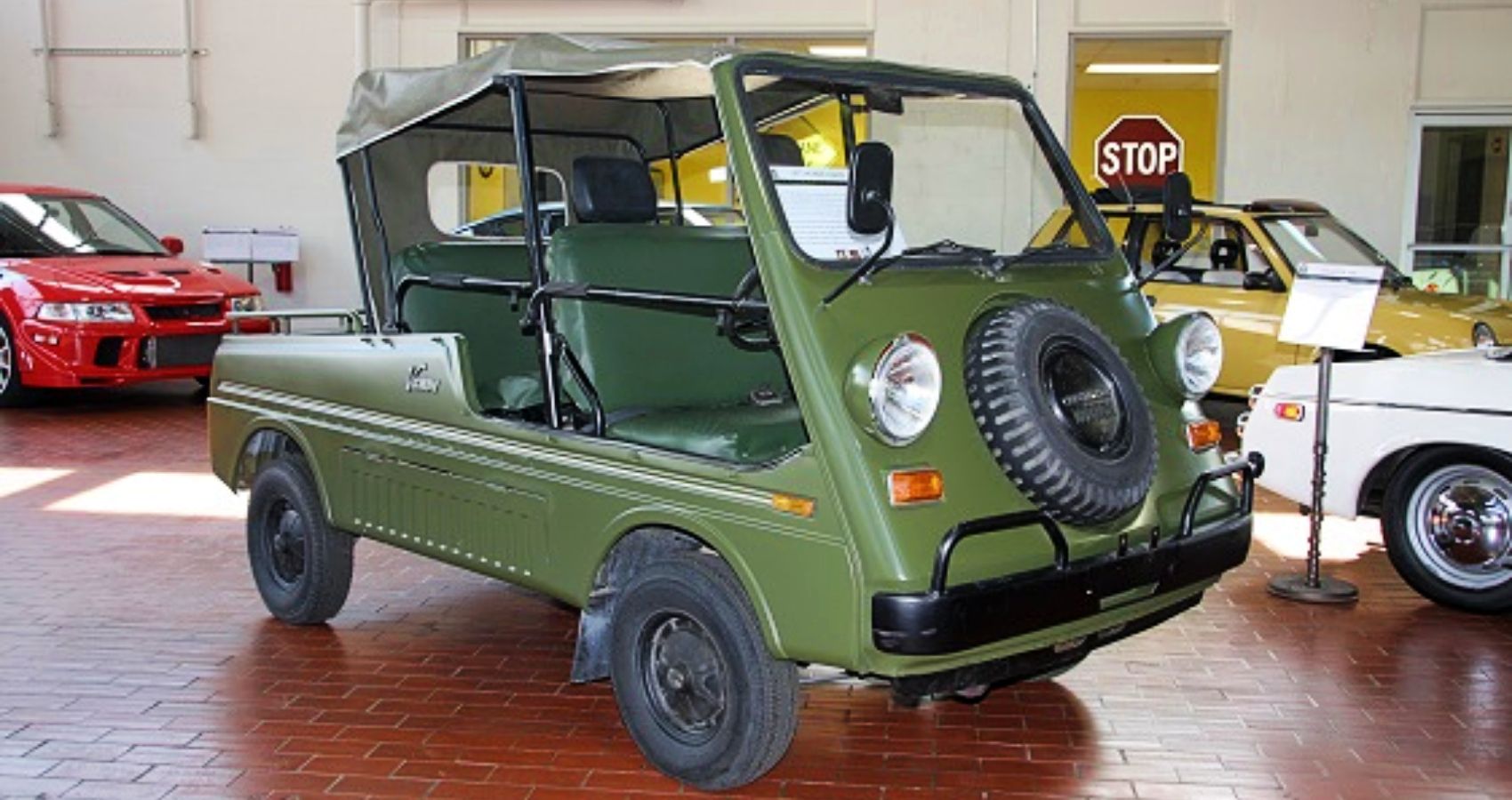

More Stories
Old Mustangs for Sale: Navigating the Allure of a Classic Ride
Vintage Mercedes: Unveiling Timeless Elegance and Engineering Mastery
Hemmings Classic Cars: Timeless Beauty on Four Wheels